Three Major Functions of Solar Street Light Controllers
Solar street light controllers play a pivotal role in the efficient operation of solar-powered lighting systems. These controllers are designed to manage the energy produced by solar panels, ensuring optimal performance and longevity of the entire system. In this article, we will delve into the three major functions of solar street light controllers, highlighting their importance and impact on energy efficiency and sustainability.
1. Intelligent Energy Management
Optimizing Solar Energy Utilization
Solar street light controllers are equipped with advanced algorithms that optimize the use of solar energy. They monitor the energy generated by the solar panels and the energy consumed by the LED lights. By doing so, they ensure that the lights operate efficiently, even during periods of low sunlight.
Adaptive Brightness Control: Many controllers feature adaptive brightness control, which adjusts the light intensity based on ambient light conditions. This function not only conserves energy but also extends the lifespan of the LED lights.
Battery Management: The controller manages the charging and discharging cycles of the battery, preventing overcharging and deep discharging. This function is crucial for maintaining battery health and ensuring a reliable power supply throughout the night.
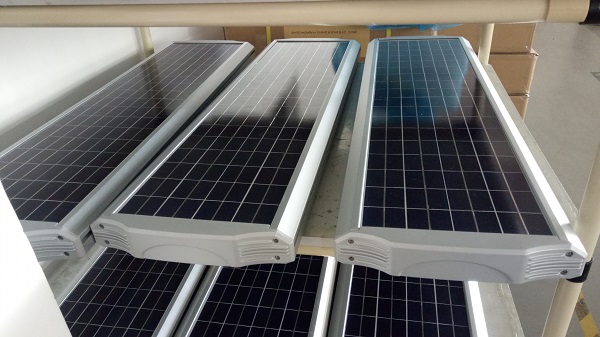
2. Automatic Operation and Scheduling
Enhancing User Convenience
Solar street light controllers are designed to operate automatically, eliminating the need for manual intervention. This feature is particularly beneficial for urban areas where street lighting is essential for safety and security.
Dusk to Dawn Operation: The controllers are equipped with light sensors that detect ambient light levels. They automatically turn the lights on at dusk and off at dawn, ensuring that the lights are only operational when needed.
Time-Based Scheduling: Some advanced controllers allow for time-based scheduling, enabling users to set specific operating hours. This feature is useful for areas that require lighting only during certain times of the night, further enhancing energy efficiency.
3. Remote Monitoring and Control
Ensuring System Reliability
Modern solar street light controllers come with remote monitoring capabilities, allowing users to track the performance of their lighting systems in real-time. This function is essential for maintaining system reliability and addressing issues promptly.
Data Logging: Controllers can log data related to energy production, consumption, and battery status. This information is invaluable for assessing the performance of the solar street lighting system and making informed decisions regarding maintenance and upgrades.
Remote Diagnostics: With remote monitoring, users can diagnose issues without needing to physically inspect each light. This capability reduces maintenance costs and downtime, ensuring that the lighting system remains operational.
What are the functions of the solar street light controller?
With the development of technology, most street lights now use solar photovoltaics to convert electricity, which can achieve energy saving, safety and convenience. In addition, it is equipped with a solar street light controller, which can be controlled and displayed by a microprocessor. The intelligent charge and discharge controller uses high-quality, low-loss and long-life components to ensure its reliable performance, so that the solar street light system can work normally for a long time and reduce the maintenance cost of the system. So what is the role of the solar street light controller? Next, Solway editor will introduce it to you.
1. Control function
The basic function of the solar street light controller is of course the control function. When the solar panel is exposed to the solar energy, the solar panel will charge the battery. At this time, the controller will automatically detect the charging voltage and output the voltage to the solar lamp, so that the solar street light will light up.
2. Voltage stabilization function
When the solar energy shines on the solar panel, the solar panel will charge the battery. At this time, its voltage is very unstable. If it is charged directly, it may reduce the service life of the battery and even damage the battery.
The controller has a voltage stabilization function, which can limit the voltage of the input battery to a constant voltage. When the battery is fully charged, it can charge a small part of the current, or not charge.
3. Boosting function
The controller of the solar street light also has a boosting function, that is, when the controller cannot detect the voltage output, the solar street light controller controls the output voltage from the output end. If the battery voltage is 24V, but it takes 36V to light up normally, the controller will increase the voltage to make the battery reach the level that can light up. This function must be realized through the solar street light controller to light up the LED light.
Conclusion
In summary, solar street light controllers are integral to the functionality and efficiency of solar-powered lighting systems. Their intelligent energy management, automatic operation, and remote monitoring capabilities not only enhance user convenience but also contribute to the sustainability of urban environments. By understanding these three major functions, stakeholders can make informed decisions about the implementation and maintenance of solar street lighting solutions.
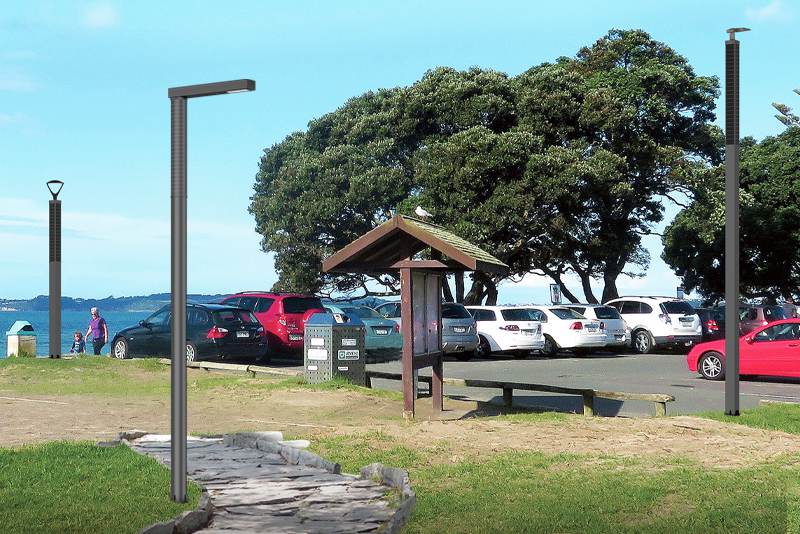
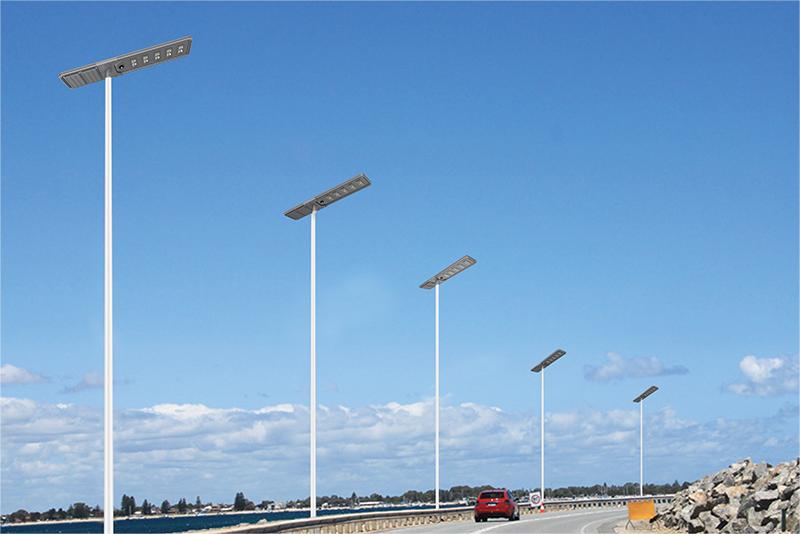
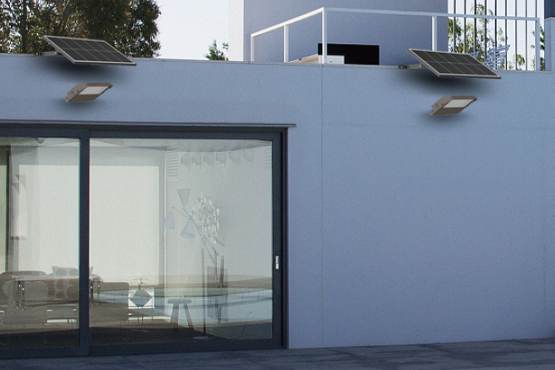
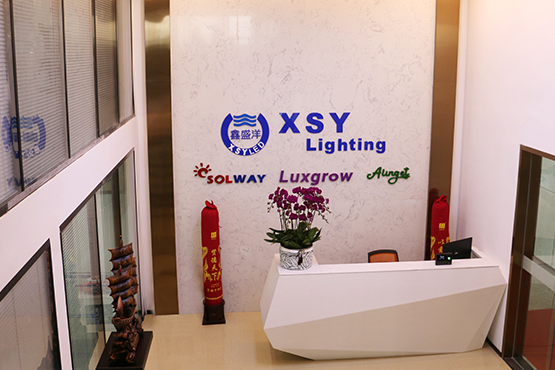
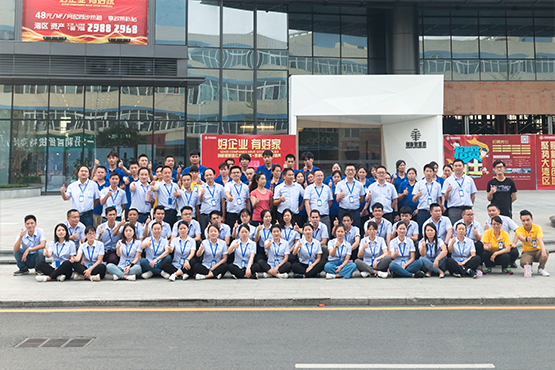

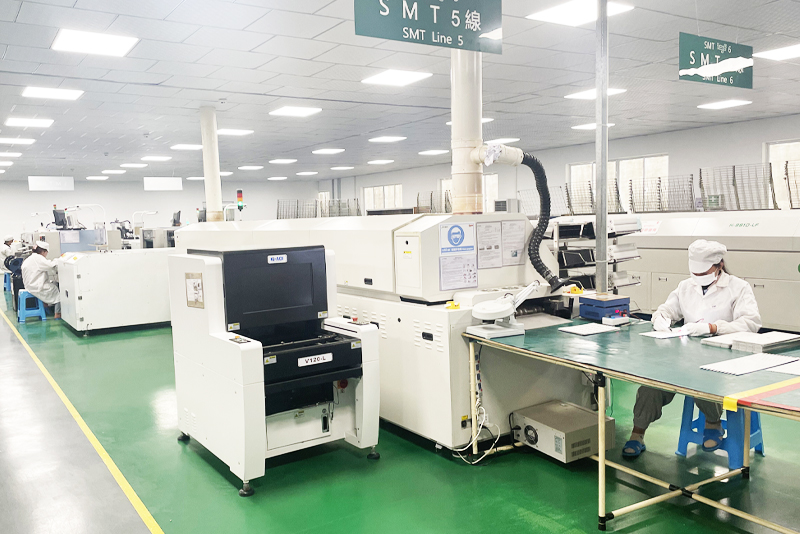
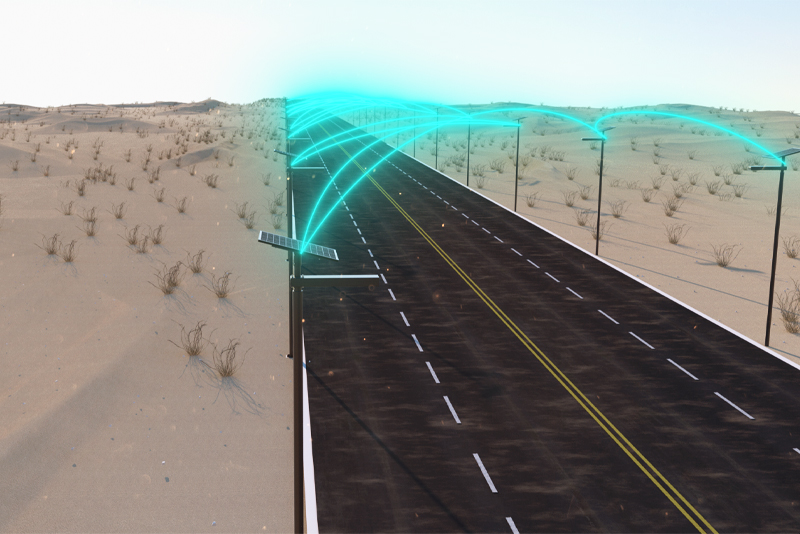
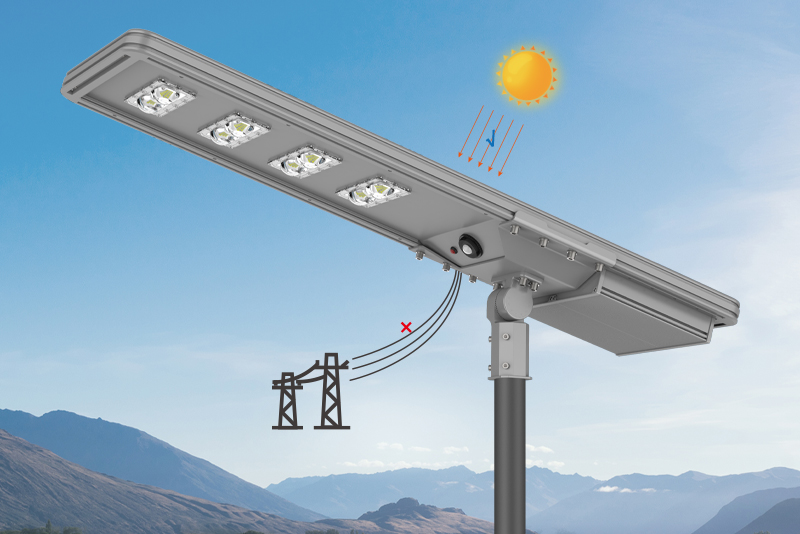
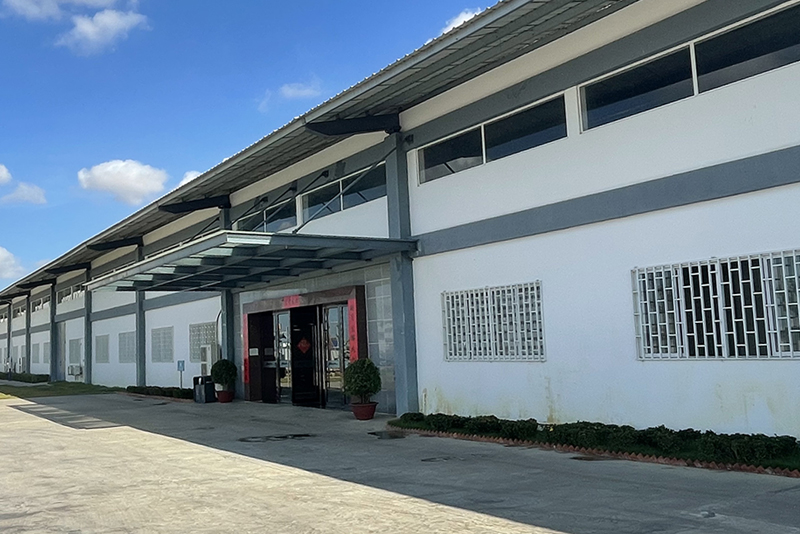
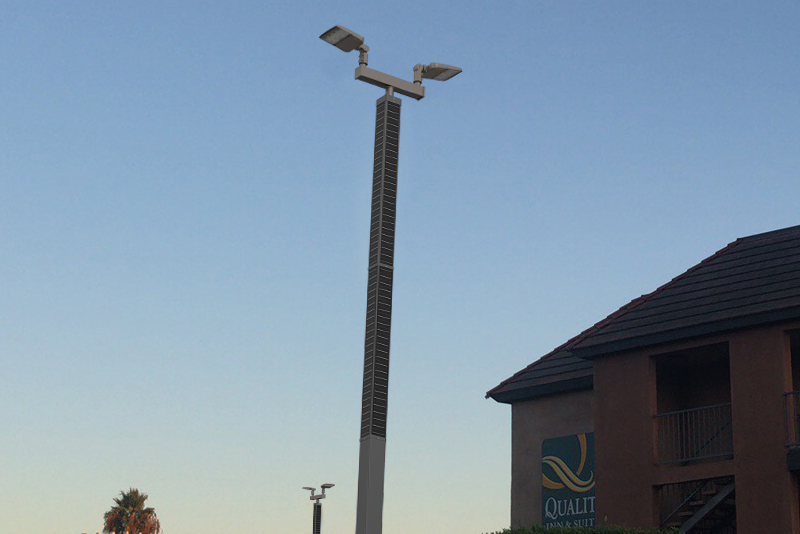
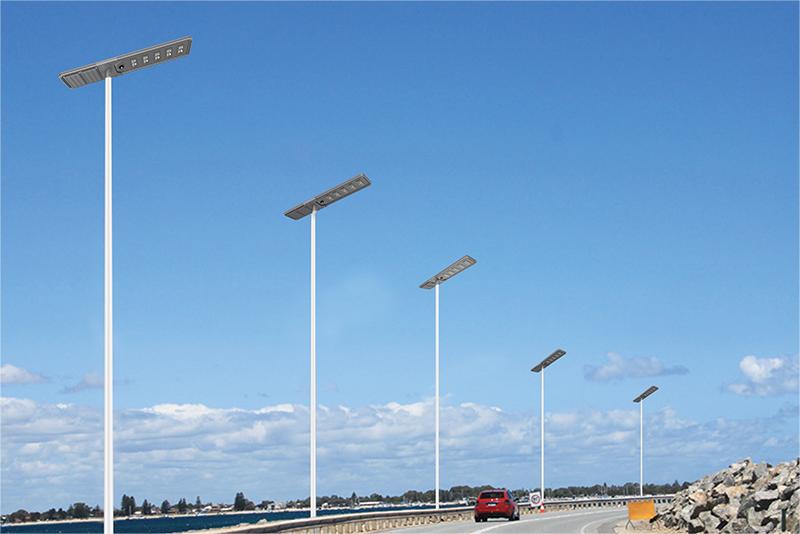
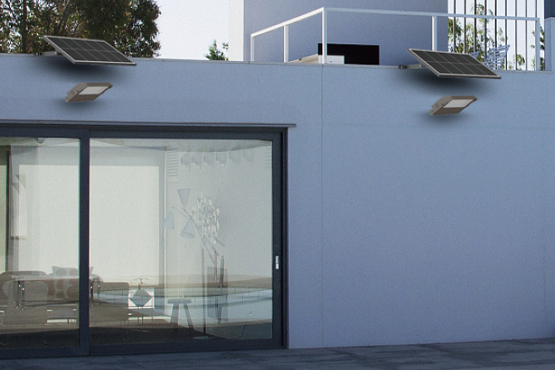






 English
English











 Scan WhatsApp
Scan WhatsApp Scan Wechat
Scan Wechat Scan WhatsApp
Scan WhatsApp Scan Wechat
Scan Wechat Consult Now
Consult Now





